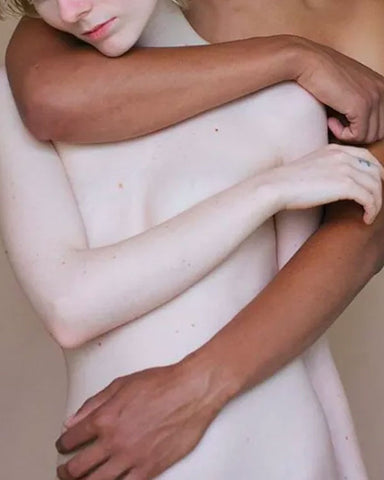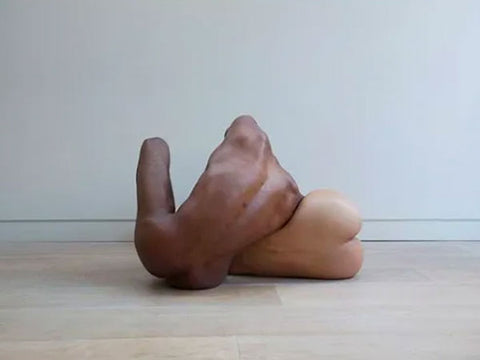Gender Dysphoria: a Long Road
Gender dysphoria is a persistent personal discrepancy in terms of the subjective perception that an individual has about itself regarding its own gender.
As a result of this discrepancy, the person experiences a feeling of profound rejection of the primary and secondary sexual characteristics of its biological gender and usually seeks to adapt the expression of its gender according to what it feels.
Many times, this includes going through hormonal and surgical treatments to “correct” the appearance and be able to live and achieve a social treatment that is consistent with the gender felt and desired, and later requesting a rectification of their gender identity in their personal documentation in order to legalise the new gender and name in such documents.
Many transgender people begin to feel this gender discrepancy in childhood. For others, their identity becomes clearer as they become adults. Whatever the case may be, it implies a series of disruptions on what is conceived as normal, so creating a consistent and coherent life ends up being quite a challenge in a society like ours.
A society that must understand that this isn’t a pathology or disease, but part of the diversity of human beings.

Sexuality, in its dual dimension in terms of identity and behaviour, is built by walking long and winding roads that aren’t exempt from discrimination, aside from the problem represented by the joint influence of gender stereotypes, as well as attitudes that are binary, sexist, homophobic and transphobic, along with attitudes towards bullying and the behaviour of peer abuse.
Those who have the possibility to initiate the change in childhood aren’t exempt from rejection, and currently, there are very few associations where these individuals and their parents can find support to obtain tools that help them with the transition process or to find an adult role model.
Additionally, and what I believe it’s the most important problem, the educational system and the institutions still lack a generalisation in terms of the creation of tools and didactic methods that integrate the culture of gender equality, promote overcoming gender stereotypes, eliminate binary concepts, sexism, homophobia and transphobia, which are key to the social insertion of these children.

A small critical group of individuals has made small changes in recent years, but we must continue promoting awareness to accompany these transgender children on their journey to happiness in such a way that it doesn’t become a difficult one for them. That is why it is so important to question the current social norms.
In addition to all the rejection and social bullying, their perception of their self-esteem is already distorted, so they seek to express their identity even with radical physical treatments. What I perceive from all that is that those people fight every day to have a standardised space within society, they are quite brave and courageous, so the rest of us must ensure a space for them and understand diversity.
Besides, they must overcome the mourning regarding what their sexual identity was supposed to be, and the mourning of their surroundings. They need tolerance, love and respect.

The journey is not only difficult for them, but also for their environment and family, so the follow-up and support to relatives and close people throughout the process of acceptance and verbalisation of gender dysphoria is essential. Even relatives must go through the mourning, because the person they knew before has become a different person.
________________________________________________________________
You may also like: Transsexual, Transgender and Intersex
________________________________________________________________
Many times, it is harder for a son or daughter to accept this news because there has been a whole trajectory of life and they frequently feel deceived for a long period of time, in comparison to the dysphoria that arises from childhood where there are higher possibilities to build that personality based on coherence, if the appropriate support is received.
Aside from all the psychological, emotional and social issues that these people go through, they even decide to change their physical appearance and genitalia at some point in their lives. This is a difficult and major step that requires not only the participation of a multidisciplinary team of specialists in a specialised unit, but also increased support from the environment, given the total or partially irreversible consequences of hormonal treatments.

This process must be supported by a rigorous and continuous follow-up of the child or the adult and its family in order to offer advice to them throughout the whole process of building the gender identity they feel and identity with. We must remember that sexual and gender identity are part of the personality and this is a dynamic system that develops in a reciprocal relationship with the environment and that includes, at the same time, dispositional, cultural and socio-historical factors.
Within the most drastic changes we can mention the gender reassignment surgery, sometimes called sex reassignment surgery, which is performed to transition individuals with gender dysphoria to their desired gender. Surgery is usually the last step in the physical transition process, but it is not a decision that must to be taken lightly. Many healthcare providers require patients to be formally diagnosed with gender dysphoria and to undergo counselling to determine if they are ready for surgical transition.
As you have read, this is a long and complex journey, the rest of society has a responsibility to be not only tolerant and respectful, but also to change current social norms, and we have a duty to applaud them, because whoever has the courage to feel good about itself deserves respect and admiration.

